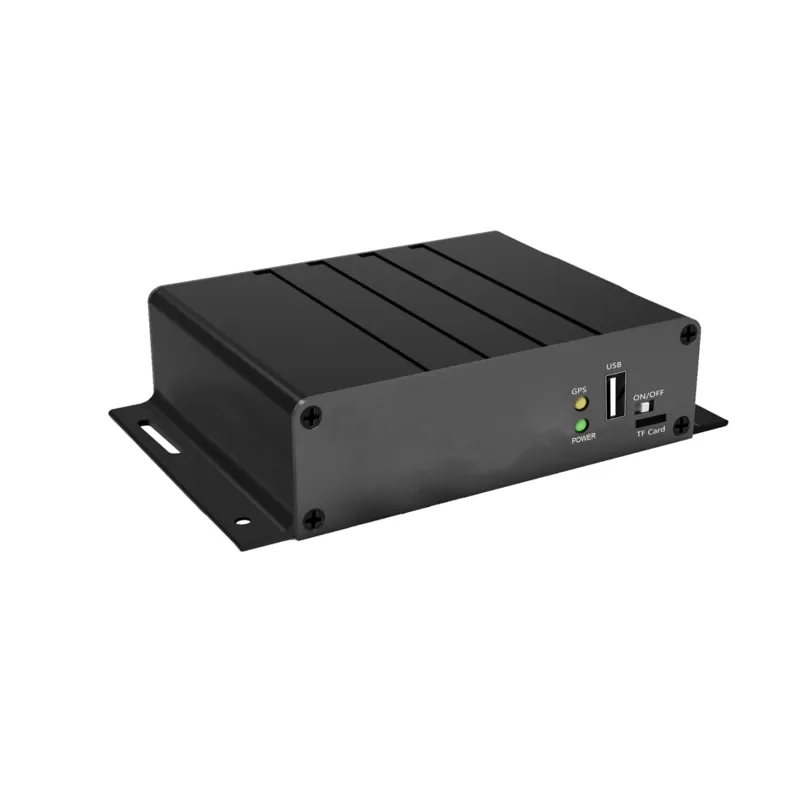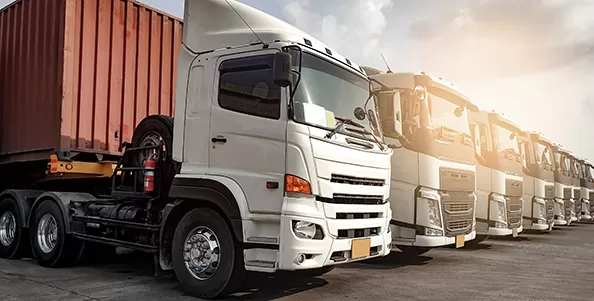Speeding is a growing concern across urban and rural areas alike, and the number of speed-related accidents remains worryingly high. Drivers often need to estimate their speed to ensure they are driving safely, but with smoother rides and quieter vehicles, this has become more challenging. This is where car speed control systems come into play, making driving safer and more manageable.
The Need for Speed Control Systems
As roads become more crowded and traffic conditions vary, controlling speed has become increasingly complex. Modern vehicles, particularly electric cars, can be so quiet and smooth that drivers may not realize they are speeding. In these situations, speed control systems help ensure that drivers stay within safe limits, promoting road safety.
Most new vehicles come equipped with advanced safety features, including some form of speed control. However, older cars often lack these built-in systems, which is why aftermarket solutions have become so popular. Various types of speed control systems are available, including top speed limiters, automatic speed limiters, and onboard monitoring devices.

How Do Speed Control Systems Work?
At the core of vehicle speed control systems are devices that manage either the throttle or fuel injectors to limit the car’s speed. Modern cruise control systems can be classified as a basic form of speed limiter since they maintain a constant speed set by the driver, helping avoid unnecessary acceleration and braking.
However, to truly enhance safety, the ideal solution is an automatic vehicle speed control system. This system would use advanced technology, such as GPS and real-time monitoring, to adjust the vehicle’s speed based on location, speed limits, and traffic conditions. Here’s a closer look at some of the features of modern speed control systems:
- Real-time Vehicle Tracking: Using GPS, the system provides real-time data on vehicle speed and location.
- Speed Limit Awareness: It helps the driver stay aware of current speed limits and potential danger zones.
- In-Vehicle Alerts: The system can alert the driver if they are speeding, offering visual or auditory feedback.
- Remote Access: Through smartphones or tablets, drivers or fleet managers can monitor and control vehicle speed remotely.
- Fleet Management: For businesses with large fleets, speed management systems can optimize routes, track assets, and maintain safety.
Who Needs Vehicle Speed Management Systems?
Car rental companies, insurance firms, and fleet managers are increasingly adopting speed management technologies to enhance safety, monitor vehicles, and optimize driver behavior. These systems allow fleet managers to track the driving habits of their employees, helping to identify risky behavior and improve road safety.
For car rental companies, speed management systems can also help monitor the safety of rented vehicles. By offering real-time feedback, these systems can notify the company of unsafe driving and even charge customers extra if they exceed speed limits. In addition, companies can provide rewards for safe driving or offer discounts on rentals for responsible drivers.

The Role of Speed Control in Insurance
Insurance companies are increasingly leveraging speed control devices to gather data on driving behavior. This data can then be used to offer more personalized and risk-adjusted policies. For instance, a safe driver might enjoy lower premiums, while a high-risk driver could face higher costs.
Moreover, speed control devices help monitor the condition of the vehicle. In case of breakdowns or accidents, the system can instantly alert the company, ensuring a swift response and better service for the customer.
Enhancing Safety with Speed Limiting Systems
For everyday drivers, adopting a speed management system can significantly reduce the risk of speeding and encourage more responsible driving. With built-in alerts, drivers receive feedback about their speed in real-time, which can help them adjust their driving habits.
Electric vehicles, which tend to be smoother and quieter, benefit greatly from these systems. Drivers may not feel the speed of the vehicle, which could lead to unintended speeding. Audible warnings and virtual engine sounds produced by speed control systems can alert the driver when they exceed the limit, enhancing both safety and awareness.
The Role of Cruise Control
Cruise control is another popular feature found in many vehicles today. This system allows the driver to set a constant speed without needing to keep their foot on the accelerator. While cruise control can help reduce driver fatigue during long trips, it’s important to note that it does not necessarily prevent speeding. That’s where modern systems like adaptive cruise control (ACC) come in, which adjusts the vehicle’s speed based on the distance to the car ahead, offering a more advanced level of control.
Conclusion: The Future of Speed Management
As technology continues to evolve, the development of more sophisticated speed management systems will only increase. These systems are no longer a luxury but a necessity in ensuring safer roads. From real-time alerts to remote monitoring, vehicle speed control systems are designed to help drivers stay within speed limits and reduce accidents.
For companies looking to implement such systems, integrating advanced speed control solutions can greatly enhance safety, improve efficiency, and even reduce costs. If you’re interested in exploring custom speed-limiting systems for your fleet or business, HBOIOT can provide cutting-edge solutions to help you manage your vehicles’ speed more effectively.
By adopting these systems, we can all contribute to safer driving environments, whether on the highways or in urban areas.
